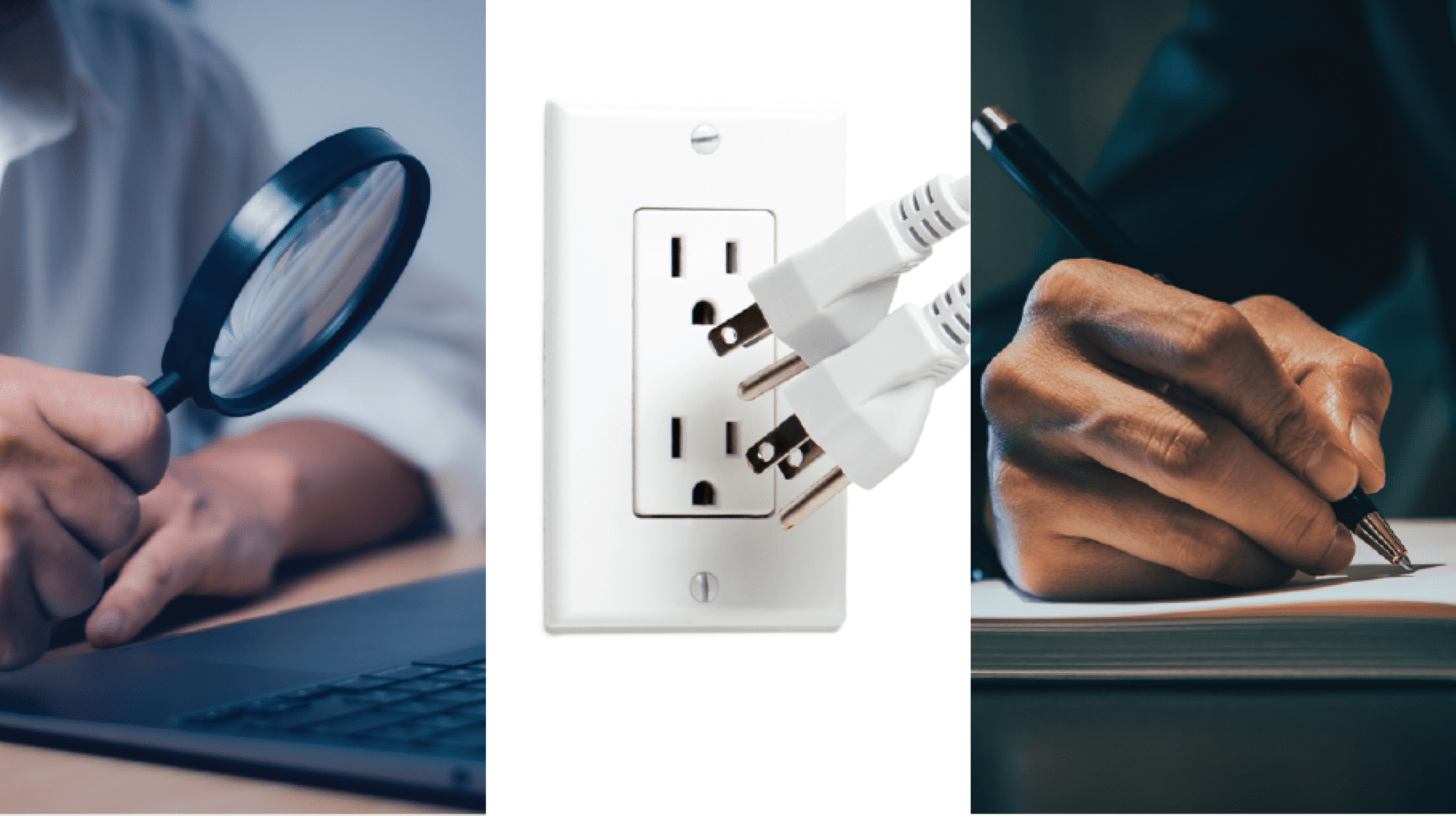We love our mobile devices.
In many ways, they make things easier and offer an appealing entertainment value. We can quickly snap photos, manage finances, catch up on social media, stay productive while working remote or simply connect with friends just about anywhere. Our lives, and yes, even businesses are more “mobile” than ever before. That all brings notable benefits.
But what does that mean for cybersecurity, especially for business-connected devices?
As with all technology, the more we rely on mobile devices the more important protecting those devices becomes. With all these advantages come a significant risk if your device is attacked.
Your phone, tablet, or other mobile device has the potential to store so much more than just the everyday email and text conversations. With the ever-expanding library of apps and cloud access, devices can now be an all-in-one information vault for all kinds of valuable, sensitive data:
- Banking Information
- Financial Portfolios
- Insurance Accounts
- Personal Contacts
- Photos
- And More
With this massive body of personal information all in one place, a compromised mobile device may even be a greater personal risk than losing your wallet.
Security does not have to be a sacrifice in the name of mobility and convenience. Fortunately, there are a variety of simple, easy-to–implement habits that may be established when it comes to your mobile cybersecurity.
From our team to yours, here are our 5 key recommendations for keeping your handheld tech (and its stored information) secure.
1. Lock mobile devices with a passcode.
Just like computers, keeping mobile devices safe with a password or passcode ought to be standard practice. Keep it locked when not using it; it is that simple. A passcode is easy to both implement and remember, and it serves as a valuable first line of defense for your device. Learn more about password protocol.
There are two great practices to add an extra layer of account security with your passwords:
-
- First, set up different passcodes or passwords for each of your devices. That way if one device is compromised, it limits a hacker’s access to any related devices or accounts.
- Second, set up multi-factor authentication (MFA) or two-factor authentication (2FA) with accounts that have important information, such as trading or banking apps or access points with business-related data. This authentication method creates additional verification hurdles for hackers, ensuring that you are the only person able to log into your accounts.
2. Do not download apps from third-party sites.
App stores not only serve as a mobile app library, but they also serve as a safety screening measure. App stores are vigilant in holding developers accountable and review apps to ensure that users are not exposed to malicious software. Third-party sites may not share these safety standards and pose a significant cybersecurity risk. If the app you want is not app store approved, best practice is to steer clear.
3. Avoid connecting to unsecured, public networks.
When working remotely or on-the-go, it can be tempting to jump on the first public Wi-Fi network you can find. But even if the Wi-Fi is free, that does not mean devices, and information they access, are in the clear.
With unsecured networks, hackers can monitor traffic and position themselves between a device and the internet router to hijack connections. This allows them to see private information such as login credentials, payment details, etc.
If connecting to a public Wi-Fi network is a must, best practice is to use a VPN (Virtual Private Network). If you have multiple devices available, one may be used to create a hotspot and the primary device may be connected.
4. Be cautious with email.
It is important to exercise the same awareness and caution with a mobile device email inbox as with your desktop computer. No matter the device, phishing emails can be just as dangerously effective on-the-go as they would be at a desk.
If you’d like to learn more about how to identify phishing along with how it can affect workstations and business operations, consider reading our article HERE.
5. Keep devices updated.
Mobile device updates do much more than polishing visuals or fixing app crashes. New cybersecurity threats come along every day and updates are made continuously to keep devices protected against continual, newfound threats. Simply put, keeping devices up-to-date keeps hardware and valuable information as secure as possible.
We hope these tips help the efforts of boosting both your personal and professional cybersecurity; no matter what device you use for taking care of business. Whether in-office or mobile, we are committed to keeping your team connected and protected in the most effective ways possible.
If you have any questions about mobile cybersecurity or are curious how Hamilton can help protect your valuable business data, contact us today.




